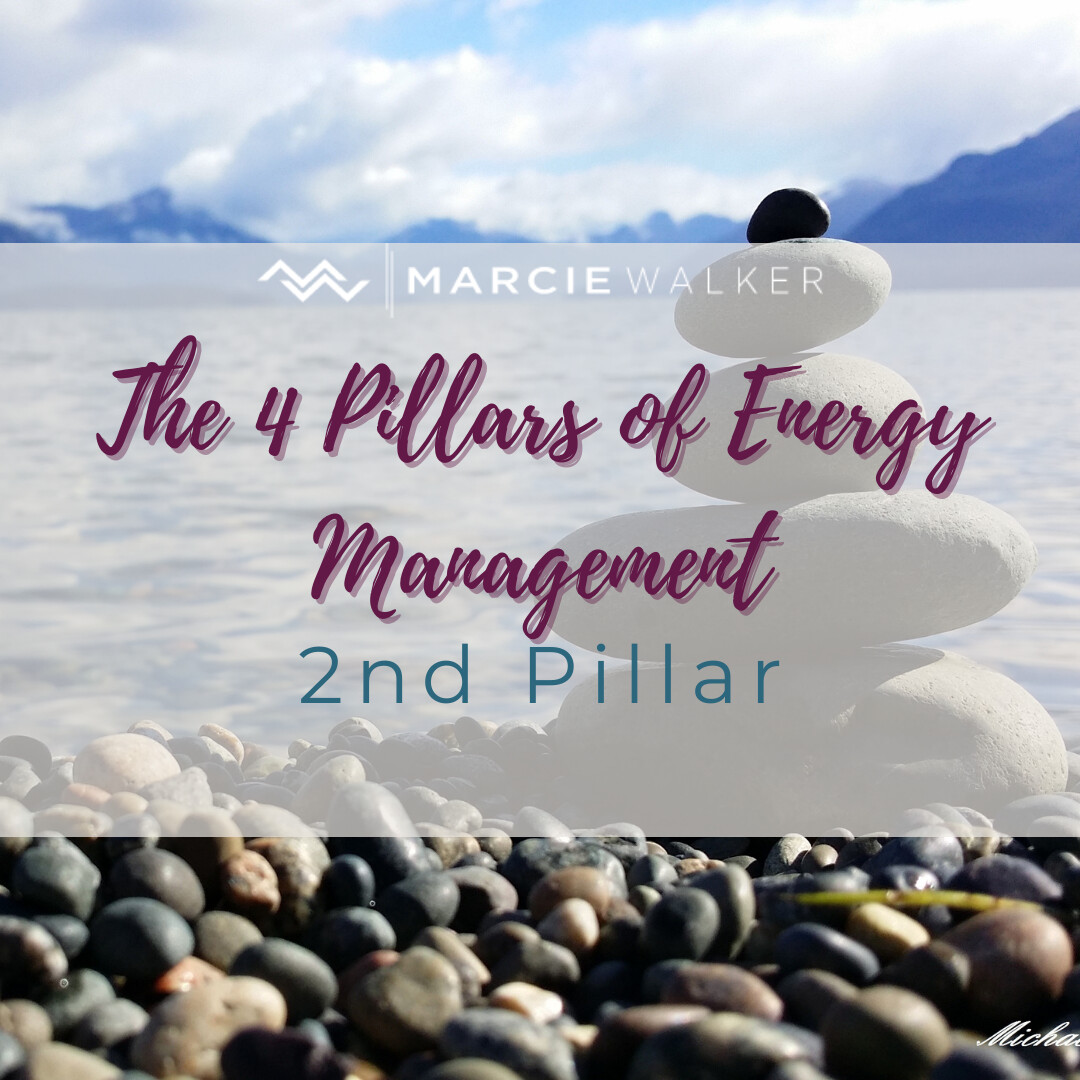
The Four Pillars of Energy Management to Help you with Stress, Resilience, Overwhelm, and Burnout
Pillar 2: Mindset/Mental Health & Wellbeing
As we started to learn during our first blog post, the Four Pillars of Energy Management help you reduce stress, build resilience, overcome being overwhelmed, and reduce burnout. The first pillar deals directly with mental health and wellbeing, while the second pillar focuses on the way your mind interprets sensations, also known as the mindset.
Mindset and orientation
Mindset includes your mental attitude, expectations, emotions, and disposition when you receive a sensation from your nervous system. Mindset and orientation are interchangeable words that refer to the same reactions to the nervous system sensations.
For example, orientations of optimism alter the way you sense stress in a generally positive way. On the other hand, orientations of pessimism, and hopelessness make sensations of stress feel worse.
Role of negativity bias
Negative bias is our tendency to register negative stimuli more readily and dwell on these events. We respond more to negative stimuli and think more about negative events.
People suffering from anxiety or depression often ruminate about their fears throughout the day, making them feel progressively worse. Anxiety drives this type of thinking, and it can be very stressful on the mind.
Consequences of stress
Stress has many consequences on both physical and mental wellbeing. Stress changes how the brain functions by enhancing areas of the brain more critical for survival and suppressing those less essential to survival.
Managing mental wellbeing with hypnosis
Hypnotherapy is one of the best ways to regain control of runaway thoughts by teaching or training the mind during the hypnotic state, all information is locked in the subconscious for good.
To start instituting this pillar into your own life, I suggest taking these initial steps:
Give self-hypnosis a try! Self-hypnosis can be a successful way of reducing stress and opening the mind to new ideas or thought processes, especially when dealing with problem behavior.
Self-hypnosis involves becoming highly focused and absorbed in the experience while giving yourself positive suggestions about ways to reach your goals.
This is an individual practice, unlike when you are working with a therapist. It can be a most empowering practice as you learn to have better control of your thoughts and reactions while enjoying the physical and emotional benefits of the relaxation that is typical of self-hypnosis techniques.
Sign up for our newsletter, and you will receive a FREE self-hypnosis PDF for more information!
Check-in for my third blog where we’ll learn more about the third pillar, Emotional Health, and Well-being.
Want to know your Energy Management Score?



















0 Comments